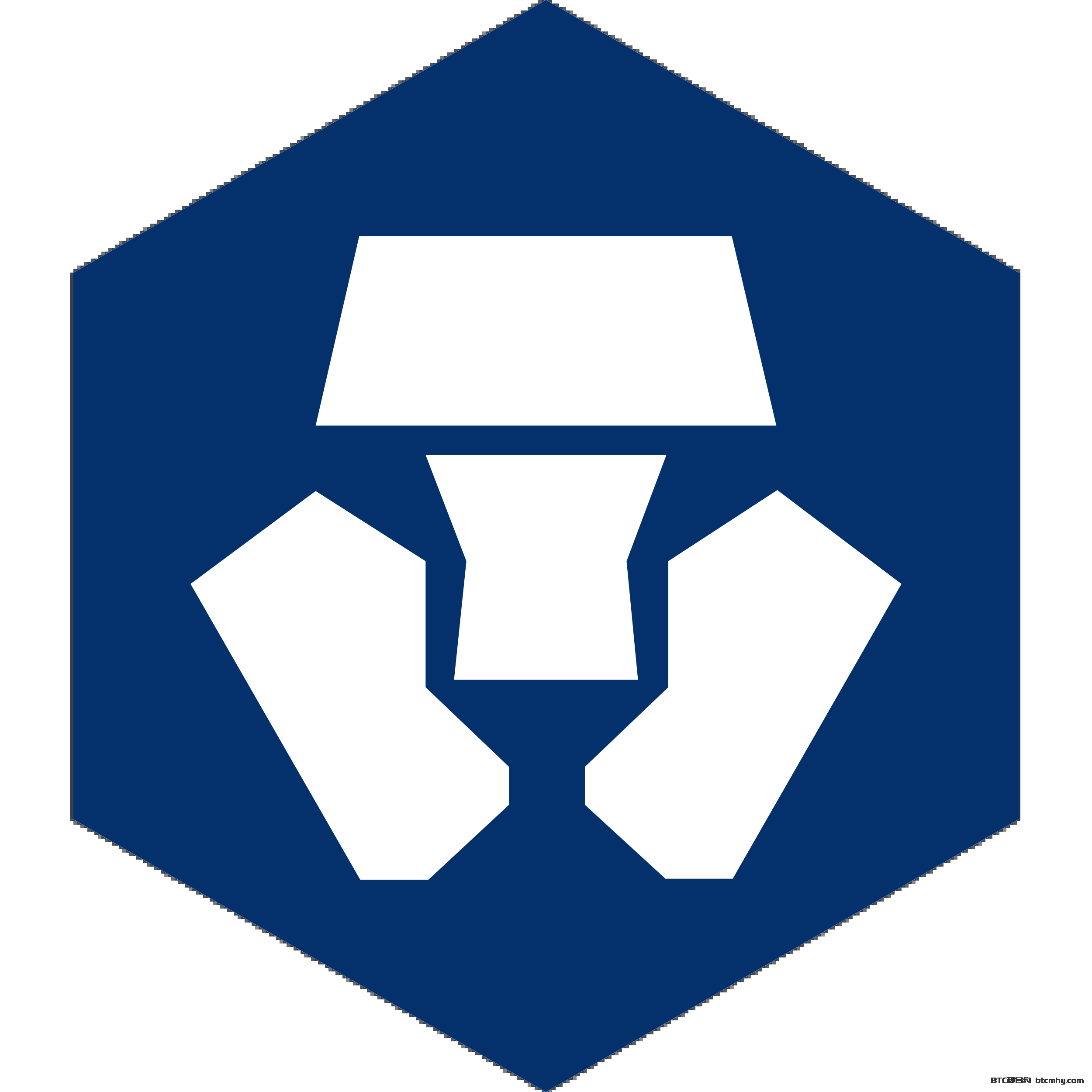Bitcoin’s DeFi revolution: RGB and Taro promise scalability and privacy
Bitcoin’s limited scripting and slow throughput hinder DeFi creation, but new Bitcoin-based token layers could offer superior alternatives.

Bitcoin does not easily allow for the creation of a DeFi ecosystem atop its base layer. Even after the 2021 Taproot script update, Bitcoin’s native scripting features are not expressive enough, and the network’s throughput is too slow for developers to create tokens using the same approach they would on Ethereum, Cardano or Solana. Bitcoin-centric developers have been working in the background for years to overcome the limitations of not having fully-fledged smart contract features on the base layer. The resulting approaches for bringing tokens to Bitcoin are radically different but could turn out to be technically superior to traditional DeFi tokens in many respects. With possible mass adoption by the end of the 2020s, investors in smart contracts and DeFi ecosystems should be aware of the developments in alternative Bitcoin-based token layers.
Key Insights
RGB and Taro are two projects that leverage client-side validation (CSV) technology to bring smart contracts to the Bitcoin ecosystem. This promises improved scalability, privacy and decentralization over traditional smart contract platforms.
Lightning Labs has raised a total of $85 million in funding, only a fraction of which will go into the development of Taro. The amount of money available for the development of the CSV token ecosystem is dwarfed by the billions of dollars invested in traditional layer 1s, rollup-based scaling solutions and DeFi.
None of the software is currently ready for mass adoption. It is either in development or in the alpha or beta stages. The practical adoption phase is projected to start in 2027.
The Players
RGB
The RGB, or “really good for Bitcoin,” project was initially started by Peter Todd in 2017 with the intent of providing an alternative for Coloured Coins, which were an early attempt at issuing assets on Bitcoin. These days, RGB is a set of protocol standards for layer 2 and layer 3 smart contracts under development by the Swiss nonprofit LNP/BP Standards Association. The association received undisclosed funding from Bitfinex, Fulgur Ventures and the Poseidon Group. RGB is an ambitious project that attempts to bring a fully-fledged smart contract layer to Bitcoin. Its association with Bitfinex could signal the latter’s willingness to issue Tether
USDT

$1.00
on RGB in the future.
Taro
Taro (Taproot Asset Representation Overlay) Assets is a more recent proposal for a Bitcoin decentralized finance (DeFi) layer similar to RGB but slightly more modest in scope. First proposed by Lightning Labs in April 2022, it is focused on implementing the core features required for token issuance, transfers and swaps through an off-chain, Lightning Network-compatible protocol. Lightning Lab’s Lightning node implementation, LND, is the most dominant Lightning implementation and will natively support Taro once it becomes production-ready. Currently, 87% of Lightning nodes run LND, which could give the protocol a strong base of early adopters.
Advertisement
Trade smart with Markets Pro instant alerts. Claim your 65% discount now!

Bitcoin-based DeFi vs. traditional DeFi
Currently, all DeFi protocols run their smart contracts on computing machines — e.g., the Ethereum Virtual Machine (EVM) — that have a shared state. “Shared state” means that every full node on the network walks through all the computational steps involved in executing a smart contract. All the nodes replicate the program logic of every single token swap, ERC-20 transfer, loan liquidation or nonfungible token (NFT) issuance, and all steps involved in these operations are public.
Neither RGB nor Taro relies on such a computer that is collectively simulated by the entire network. Therefore, these protocols radically differ from any of the presently popular smart contract solutions. Instead of making everything happen on-chain, they attempt to commit as little information as possible to the public ledger and leave as many parts of the smart contract to be verified by the participants themselves. This approach is called client-side validation (CSV). It’s technically much more challenging, yet it brings unique advantages and disadvantages to Bitcoin-based DeFi.
Potential
CSV tokens could be the backbone of a future smart contract ecosystem that is extremely scalable without sacrificing decentralization. In systems that use the classic shared state approach, all users need to compete for computation time on a single virtual computer, creating a natural bottleneck, especially given that this virtual computer is very slow.
CSV does away with this limitation. One could argue that it makes smart contracts themselves “distributed” by leaving their execution to the parties involved. Trading CSV tokens is more akin to exchanging ownership certificates on paper than submitting information about who owns the certificate to a distributed ledger.
This analogy also shines a light on the improved privacy of token transfers or other smart contract interactions that are possible under this approach. Privacy has long remained an elusive property for existing layer-1 chains. On RGB or Taro, no third party — not even the issuer — can observe the distribution of a token or when a transaction occurs. This could be a step toward bringing the highly coveted financial privacy that many institutional actors desire to the digital asset space. However, with the advent of zero-knowledge proof-based scaling solutions of Ethereum, strong privacy guarantees may not remain exclusive to CSV technology in the future.
In line with the philosophy of most Bitcoin-only projects, neither RGB nor Taro issues any token of its own. Therefore, there is no direct way of gaining financial exposure to these projects. However, once both RGB and Taro become active, they could drive an influx of users onto the Lightning Network.
Risk
The development of CSV-based DeFi has been slow. It started in 2017 with the first protocol specifications of RGB. A report by Diamond Hands projects that the technology will enter its “practical adoption phase” in 2027. However, a 10-year time to market is extraordinarily long in the crypto asset industry.

It is possible that by the time the technology is fully ready, the ecosystem dominance of Ethereum for smart contract applications may have further cemented. Unlike many alternative layer 1s that either allow applications from Ethereum to be easily ported or at least reverse-engineered, the CSV ecosystem will have high barriers to transition for developers. The ecosystem will have to be built from scratch because it has a different approach to implementing smart contracts. For example, automated market makers based on liquidity pools require the shared global states that current smart contract layers offer and will not work on the CSV token layer. CSV DeFi will need a peer-to-peer network of brokers to achieve the same functionality.
It is also worth noting that investments in Taro (and likely RGB) pale in comparison to the funds traditional layer 1s have at their disposal through token allocations. Lightning Labs has so far raised $82.5 million after a Series B round. However, because it is working on other products, such as LND, Lightning Loop and Neutrino, only a small fraction of this money will flow into the development of Taro.

Compare this to the token holdings of the Ethereum Foundation, which sat on 0.3% of the circulating supply of Ether
ETH

$3,131
as of 2021. Even at the current bear market price levels, this stack, which will be used for the development of the Ethereum ecosystem, is worth $685 million.
Conclusion
On paper, RGB and Taro have what it takes to disrupt the incumbent smart contract-based DeFi landscape, but the lack of priority in funding allocation and the protracted adoption roadmap put the two protocols in a precarious position.
This article is for information purposes only and represents neither investment advice nor an investment analysis or an invitation to buy or sell financial instruments. Specifically, the document does not serve as a substitute for individual investment or other advice.

- AI-CrypTo platform provides you with the safest, most stable and most profitable cryptocurrency automatic quantitative trading system! With a minimum deposit of 10 USDT, you can activate your investment account and enjoy stable returns and flexible withdrawals! 💵
- Each model has a different rate of return, choose a higher level of investment to earn more! AI quantitative returns range from VIP1 to VIP11, with daily returns as high as 40.9%! The more you invest, the greater the return! 💸


 download
download download
download website
website